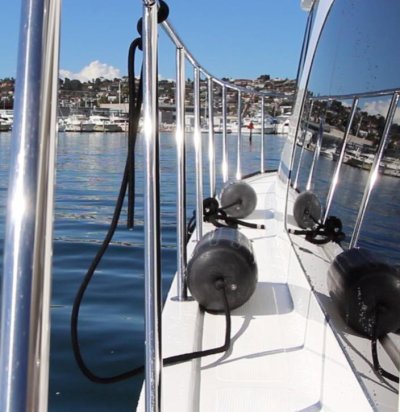psneeld
Guru
It will be interesting to see if the money spent on hiring employees matches the money spent on infrastructure.
Sometimes they are not nearly the same.
And that can greatly impact what you can expect from management all the way to the dock hands. Especially if the dock hands are seasonal and/or considered expendable from year to year.
Sometimes they are not nearly the same.
And that can greatly impact what you can expect from management all the way to the dock hands. Especially if the dock hands are seasonal and/or considered expendable from year to year.
Last edited:

